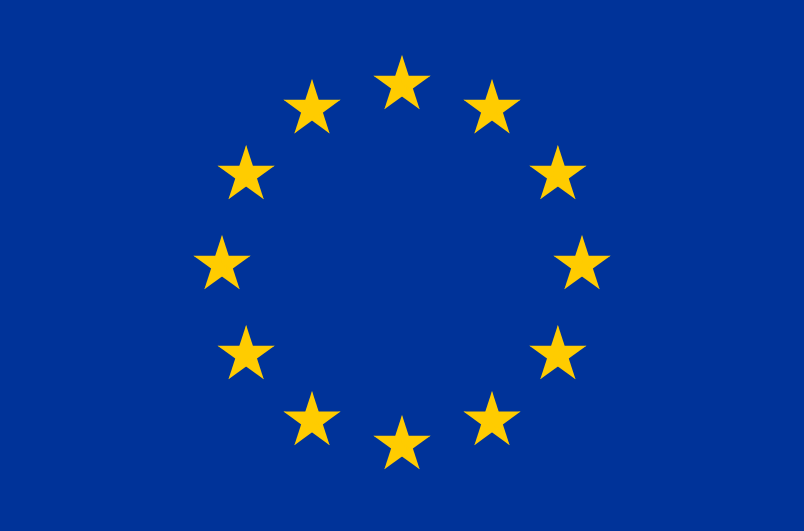Facilities
Ground Based Telescopes
Scientific
Conferences
Members
Europlanet Society
Outreach
Activities
Space
Exploration
Amateur
Community
Planetary Sciences
in Spain and Portugal
Networking
Hub Activities
Industry
& Stakeholders
Professional
Community
No hay artículos en esta categoría. Si se muestran las subcategorías en esta página, puede que tengan artículos.





